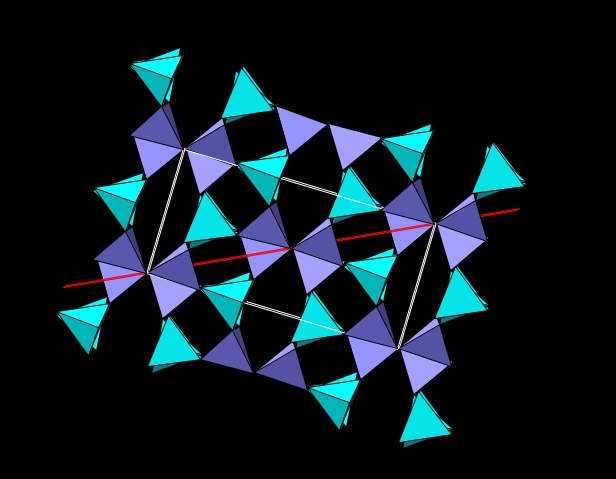Abstract
-
Calculation of the properties of dislocations by computer simulations requires, among other things, the availability of accurate interatomic potentials, ideally with ab-initio quality. For crystals with large unit cells and complex crystal structures, such as most minerals, the number and size of the calculations may severely limit the applicability of a full ab-initio approach. In this paper we present an investigation of the dislocation properties of coesite, a mineral with a relatively large unit cell, carried out with a force field developed for silica based on a parametrization to ab-initio data. Two-dimensional generalized stacking fault energy surfaces for basal and prismatic planes are considered for a global search of the possible dissociation paths in partial dislocations. Test calculations show negligible differences between the energy surfaces calculated with the force field and with ab-initio methods. Five different coesite slip systems are investigated: [100](010), [001](010),[101](010), [010](001), and [010]( ̄101). Dislocation core structures and critical stresses are determined byusing the Peierls-Nabarro-Galerkin approach. While [100] and [101] (screw) dislocations share a similar core structure, [001] differs substantially by showing a much larger split between partial dislocations. The lattice friction experienced by [001](010) is found to be close to those of [100](010) and [101](010), confirming the pseudohexagonal symmetry suggested by experiments.

DOI:10.1103/PhysRevB.83.0141
[ link ]
|

